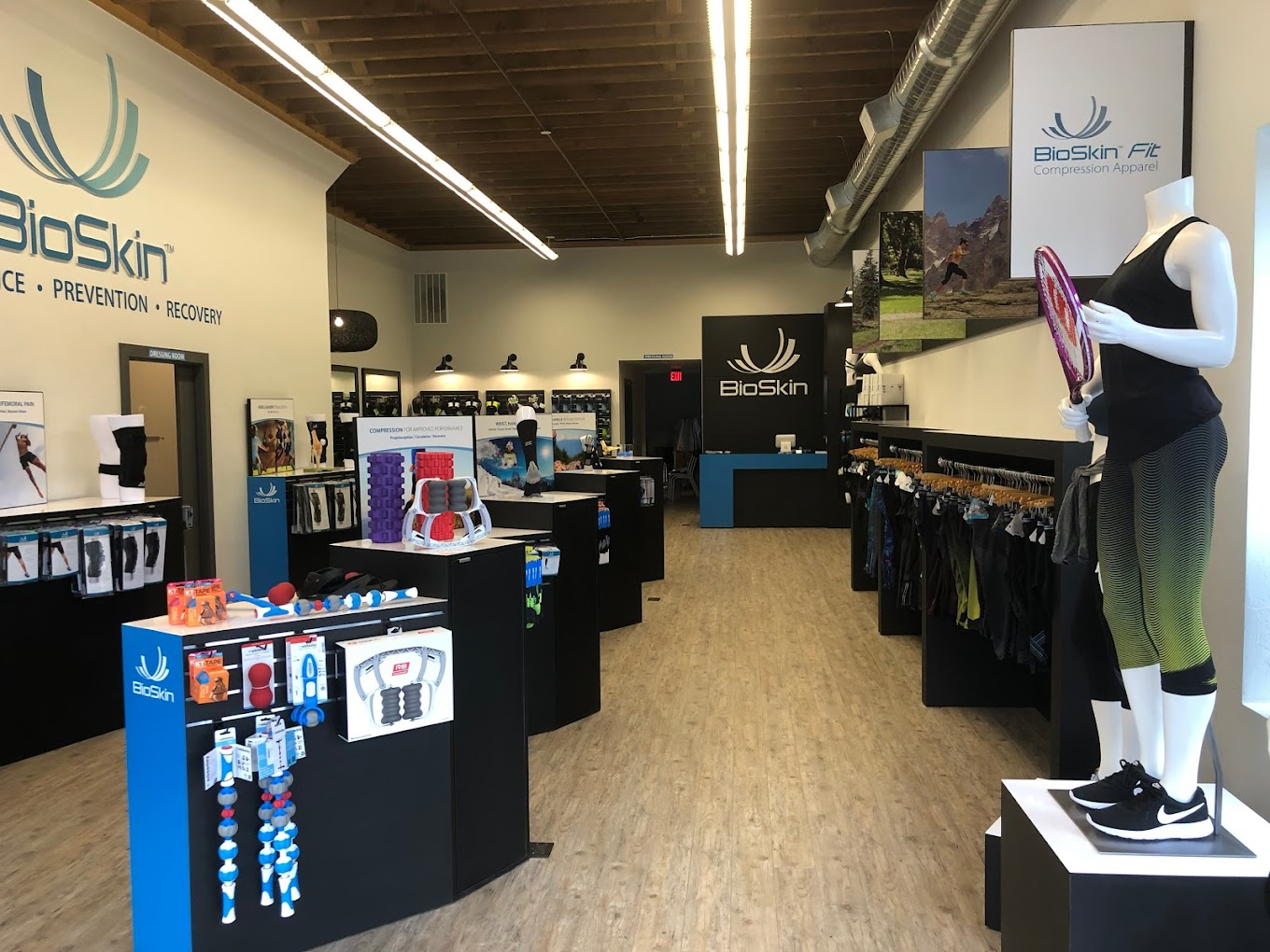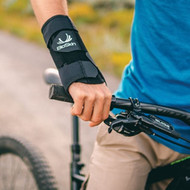Living with carpal tunnel can make even the simplest things, like typing an email or carrying groceries, feel like uphill battles. The good news is, the right carpal tunnel wrist brace can make those daily challenges manageable.
In this post, we’ll walk through the best wrist options for relief, how they work, and how to choose one that fits comfortably into your routine so you can get back to using your hands with confidence.
The Basics of Carpal Tunnel Support
Carpal tunnel syndrome is one of the most common conditions affecting the hand and wrist. It happens when the median nerve, which runs through a narrow passage in the wrist called the carpal tunnel, becomes compressed. This pressure can cause numbness, tingling, and wrist pain, which are the common symptoms many people recognize.
Neutral alignment matters
A key to managing carpal tunnel symptoms is keeping the wrist in a neutral position. This reduces pressure on the nerve and allows better blood flow, helping to relieve discomfort and prevent the condition from getting worse.
How a wrist brace helps
A carpal tunnel brace or wrist splint works by holding your wrist steady, often with rigid support or adjustable straps, so it stays in that neutral angle. Combined with light compression, a wrist brace helps provide support, calm swelling, and offer much-needed pain relief.
You can use it as a night brace, which is typically worn while you sleep, or one you use during the day while managing simple tasks.
When to see a doctor
While a brace can reduce pain and protect your wrist, it’s important to know when more help is needed. If you’re experiencing ongoing weakness, persistent numbness, or notice muscles beginning to shrink (atrophy), it’s time to consult an orthopedic surgeon or occupational therapist.
Braces are helpful tools, but severe or advanced cases may require additional treatment.
What Makes a Carpal Tunnel Brace Work
When you’re dealing with carpal tunnel syndrome, the right design features can mean the difference between lasting relief and ongoing discomfort. Here’s what makes a carpal tunnel splint or brace effective:
Supportive without stiffness
The goal is to keep your wrist in a neutral position so the median nerve isn’t under constant stress. A good brace uses moldable stays and breathable materials to provide extra stability while still allowing enough movement for daily life. That way, you feel protected without feeling locked in place.
One-handed fastening
If you’re already managing tingling, weakness, or stiffness in your wrist and fingers, you don’t want a brace that’s complicated to use. Simple wrap-and-go velcro closures with ergonomic edges make it easy to put on or take off, so you can focus on relief, not frustration.
Fit matters more than rigidity
It’s worth noting that the best braces aren’t always the stiffest. A secure, properly measured fit that keeps the wrist straight often works better than over-rigid models.
When the brace provides light compression, it reduces swelling, relieves symptoms like numbness, and helps you wake up with less pain. The right fit also makes it easier to integrate the brace into an active lifestyle alongside hand exercises and therapy.
Choosing the Right Style for Different Needs

When it comes to managing carpal tunnel syndrome, one size does not fit all. The right brace depends on the severity of your symptoms, your daily activities, and how much support you need to protect the median nerve and wrist. Here are the product details for our BioSkin options and where each one shines:
DP2 Cock-Up Splint (6.5")
This brace offers subtle, everyday support for mild flare-ups or early carpal tunnel symptoms. Its compact length provides stability to the wrist and forearm without bulk, making it ideal for typing, writing, or daily routines where you don’t want a brace that feels restrictive.
DP3 Cock-Up Splint (8.5")
For more persistent discomfort, or if your carpal tunnel syndrome tends to get worse at night, the DP3 delivers extended coverage along the arm. Its longer design and moldable stays give strong alignment and extra control, making it especially effective as a night brace to reduce morning stiffness and numbness.
It also provides additional protection for those managing tendonitis, arthritis, or recovering from a wrist injury.
Boomerang Wrap
If flexibility is key, the Boomerang Wrap offers lightweight support that adapts to movement. It’s great for cooking, typing, or hobbies where you need some stabilization without a full splint. For those who suffer from occasional sprains or want a brace that’s easy to slip on, the Boomerang balances comfort and relief.
When to Upgrade Your Support
A carpal tunnel wrist brace can provide powerful relief, but it isn’t a cure-all. Knowing when to seek more help ensures you don’t delay the care your wrist truly needs.
- If symptoms don’t improve within a week: If your brace provides little or no relief, or your carpal tunnel syndrome seems to be getting worse, it’s time to check in with a hand specialist.
- If weakness or numbness persists: Ongoing nighttime numbness, tingling, or muscle weakness in the hand and forearm may indicate the median nerve is still under too much pressure. At this point, an evaluation from an orthopedic surgeon or therapist is often recommended.
- If you notice muscle changes: Atrophy in the hand or thumb muscles is a red flag that shouldn’t be ignored.
It’s also important to remember that a brace works best as part of a bigger plan—paired with ergonomic changes, stretches, or hand exercises guided by an occupational therapist. Using a brace alongside these adjustments gives you a better chance of reducing pain and protecting your hands long-term.
Take Pressure Off Your Wrists
At BioSkin, we design wrist braces with breathable materials and ergonomic support to ease carpal tunnel symptoms and protect your wrist. With free U.S. shipping and a money-back guarantee, it’s risk-free to find the brace that fits your life.
Frequently Asked Questions
Can a wrist brace really help with carpal tunnel syndrome?
Yes. A brace keeps your wrist in a neutral position, which takes pressure off the median nerve. For many people with carpal tunnel syndrome, this reduces tingling, numbness, and discomfort—especially at night.
What should I do if my carpal tunnel syndrome gets worse while wearing a brace?
If your carpal tunnel syndrome gets worse—with increased numbness, persistent wrist pain, or weakness in the hand—it’s time to consult a doctor or hand specialist. Braces are effective for many cases, but severe symptoms may need additional treatment.
How do BioSkin braces provide pain relief?
Our braces are designed with breathable, medical-grade materials that deliver gentle compression and stabilizing support. This combination improves circulation, reduces swelling, and provides targeted pain relief during daily activities and rest.
What size fits me, and is there anything worth noting in the product details?
Each brace comes with a simple sizing guide so you can find the size that fits your wrist and forearm correctly. It’s worth noting that a snug but not overly tight fit is key.


 US Dollars
US Dollars
